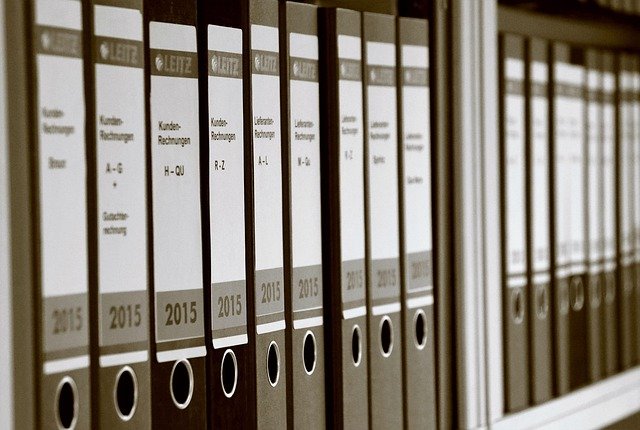Digital Evidence: Using Photos and Receipts in Claims
Clear digital records—photographs, scans of receipts, and organized inventories—play a critical role when submitting property insurance claims. Well-prepared visual evidence and purchase documentation support valuation, speed inspections, and help clarify coverage limits, deductible application, and replacement options during the settlement process.

Digital photographs and scanned receipts have become central to documenting losses in property insurance claims. High-quality images and legible proof of purchase can demonstrate the condition, age, and value of damaged or missing items. Presenting evidence in an organized way helps adjusters verify facts quickly, reduces back-and-forth during inspections, and supports more accurate valuations and settlements. For policyholders, clear digital evidence contributes to transparency; for insurers, it aids in assessing risk and ensuring consistent application of coverage terms.
How do photos support property claims?
Photos provide immediate visual context that written descriptions cannot fully capture. Wide-angle images show overall damage to structures or rooms, while close-ups reveal details like cracks, corrosion, or serial numbers on appliances. Time-stamped and geotagged images, when available, can confirm when and where damage occurred. Photographic sequences that show pre-loss and post-loss conditions help establish causation and extent of damage, assisting adjusters with inspection decisions and influencing repair versus replacement determinations in claim resolutions.
How do receipts affect coverage and valuation?
Receipts and invoices substantiate original purchase price, model or serial numbers, and purchase dates, all of which are used to calculate actual cash value, depreciation, or replacement cost. In cases where a policy provides replacement coverage, receipts can justify full replacement if limits and policy terms allow. When deductibles are applied, clear cost evidence helps determine reimbursement amounts. Maintaining digital copies of receipts for high-value items improves the speed and accuracy of valuation and reduces disputes about item authenticity and worth.
Can evidence influence premiums and underwriting?
Consistent, well-documented claims can affect an insurer’s view of a property’s risk profile over time. Detailed evidence may limit unnecessary claim denials and reduce investigation times, but frequent claims—even well-documented ones—can signal higher ongoing risk during underwriting reviews. Underwriters and risk managers use historical claim patterns and supporting documentation to adjust coverage terms, recommend risk mitigation, or influence premium calculations at renewal. Clear records therefore have an indirect effect on future underwriting decisions and pricing.
How does inventory affect liability and exclusions?
A thorough inventory of contents, supported by photos and receipts, clarifies ownership and replacement responsibility when liability issues arise. Itemized lists that include serial numbers, purchase dates, and values help distinguish covered losses from policy exclusions or sub-limits. Inventories are particularly useful in third-party liability situations or when determining whether requested replacements fall within coverage scope. Regularly updating inventories and storing them with supporting receipts reduces ambiguity around exclusions and assists in proving entitlement to specific settlement amounts.
What role do inspections play in settlement and replacement?
Inspections synthesize physical observation with submitted digital evidence to form a complete claim assessment. Adjusters use photos and receipts to corroborate on-site findings, determine whether damage matches a covered peril, and decide on repair versus replacement paths. Comprehensive evidence can allow partial remote assessments, minimizing repeat visits by inspectors. During replacement evaluations, documented proof of prior condition and cost estimates helps align contractor bids with policy limits and prevents delays in settlement due to missing or unclear information.
How to organize digital files for faster settlement?
Prepare files by grouping photos and receipts by room, item category, or date, and maintain a simple index linking each image to an inventory line item. Use common formats such as JPEG for photos and PDF for scanned receipts, and name files consistently (for example: livingroom_sofa_receipt_2018.jpg). Preserve original metadata when possible, and back up copies in cloud storage and on local media. Include short captions or notes explaining each file’s relevance to the claim, and provide serial numbers or model details to streamline inspections and valuation.
Clear digital evidence does not override policy terms: coverage, deductible, exclusions, and limits remain the controlling elements in any claim. However, well-prepared photos, receipts, and inventories reduce ambiguity, support accurate valuation and replacement decisions, and can shorten the timeline from filing to settlement. Maintaining organized digital records and understanding how they map to coverage and inspection practices improves the efficiency and clarity of the claims process.





